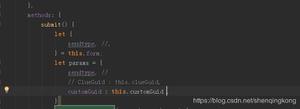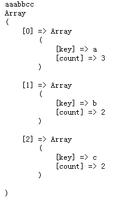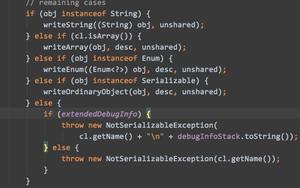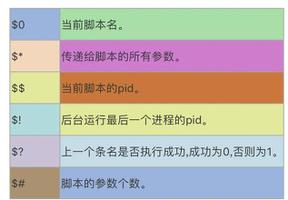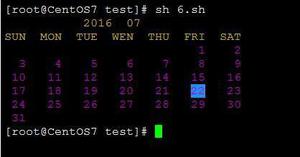从字符串中删除非UTF8字符
我在从字符串中删除非utf8字符时出现问题,这些字符无法正确显示。像这样的字符0x97 0x61 0x6C 0x6F(十六进制表示)
删除它们的最佳方法是什么?正则表达式还是其他?
回答:
使用正则表达式方法:
$regex = <<<'END'/
(
(?: [\x00-\x7F] # single-byte sequences 0xxxxxxx
| [\xC0-\xDF][\x80-\xBF] # double-byte sequences 110xxxxx 10xxxxxx
| [\xE0-\xEF][\x80-\xBF]{2} # triple-byte sequences 1110xxxx 10xxxxxx * 2
| [\xF0-\xF7][\x80-\xBF]{3} # quadruple-byte sequence 11110xxx 10xxxxxx * 3
){1,100} # ...one or more times
)
| . # anything else
/x
END;
preg_replace($regex, '$1', $text);
它搜索UTF-8序列,并将其捕获到组1中。它还与无法标识为UTF-8序列的一部分的单个字节匹配,但不捕获这些字节。替换是捕获到组1中的任何内容。这将有效删除所有无效字节。
通过将无效字节编码为UTF-8字符,可以修复字符串。但是,如果错误是随机的,则可能会留下一些奇怪的符号。
$regex = <<<'END'/
(
(?: [\x00-\x7F] # single-byte sequences 0xxxxxxx
| [\xC0-\xDF][\x80-\xBF] # double-byte sequences 110xxxxx 10xxxxxx
| [\xE0-\xEF][\x80-\xBF]{2} # triple-byte sequences 1110xxxx 10xxxxxx * 2
| [\xF0-\xF7][\x80-\xBF]{3} # quadruple-byte sequence 11110xxx 10xxxxxx * 3
){1,100} # ...one or more times
)
| ( [\x80-\xBF] ) # invalid byte in range 10000000 - 10111111
| ( [\xC0-\xFF] ) # invalid byte in range 11000000 - 11111111
/x
END;
function utf8replacer($captures) {
if ($captures[1] != "") {
// Valid byte sequence. Return unmodified.
return $captures[1];
}
elseif ($captures[2] != "") {
// Invalid byte of the form 10xxxxxx.
// Encode as 11000010 10xxxxxx.
return "\xC2".$captures[2];
}
else {
// Invalid byte of the form 11xxxxxx.
// Encode as 11000011 10xxxxxx.
return "\xC3".chr(ord($captures[3])-64);
}
}
preg_replace_callback($regex, "utf8replacer", $text);
!empty(x)将匹配非空值("0"被视为空)。x != ""将匹配非空值,包括"0"。x !== ""将匹配除以外的任何内容""。
x != "" 在这种情况下似乎是最好的选择。
我也加快了比赛速度。而不是单独匹配每个字符,它匹配有效的UTF-8字符序列。
以上是 从字符串中删除非UTF8字符 的全部内容, 来源链接: utcz.com/qa/427224.html


